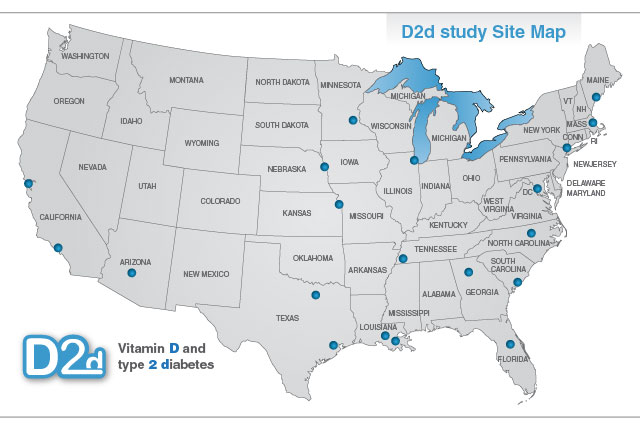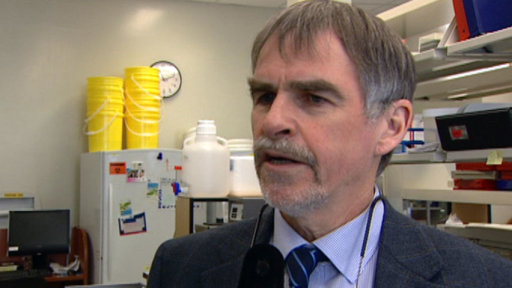
Mohindar Sachdev, Chair Nominations Committee, writes: CARG is a non-profit organization that provides facilities and assistance to people who are concerned with the health of their hearts. The facilities include exercise programs aimed at rehabilitating their cardiac systems, education on topical issues and fellowship with colleagues with similar concerns. The cost of providing the facilities and services by CARG is the lowest in Canada. A large number of volunteers spending countless hours in organizing the programs and making sure that they function properly achieve this. These volunteers are not paid any remuneration and, therefore, the administrative cost of the program is minimal.
The last fiscal year of CARG ended on August 31, 2013 and the Annual General Meeting will be held in late October or early November. At that meeting, a Board of Directors will be elected. It is likely that two or three members of the present Board of Directors will not be available for serving on the Board next year.
A Nominating Committee was formed at the Board of Directors meeting held on August 15, 2013; this Committee consists of Board Members Mohindar Sachdev (Chair), Blake Adamson, Mary Green and Jim McKay. The Committee is looking for volunteers who would be willing to serve on the Board in the next fiscal year. The responsibilities of these volunteers would include the following tasks:
Treasurer of CARG: The Treasurer would be expected to perform the following duties:
Keep all records of the incoming and outgoing funds of CARG including receiving all monies, issuing cheques for payment of expenditures and issuing receipts for all donations received;
Report the state of the Group's finances at the Board meetings that are usually held on the last Thursday of each month;
Prepare and submit Registered Charity Information Return to the Canada Revenue Agency;
Prepare a budget for presenting at the Annual General Meeting and present it to the Board for approval.
Other duties assigned by the President.
The Treasurer should be familiar with keeping accounts using the accounting software "Quick Books".
Member-at-Large (1) who would be responsible for the following tasks:
Receive the fees collected at the Field House each month and deposit them in the CARG Account at the Affinity Credit Union.
Record details of fees paid by individual members in a spreadsheet every month and reconcile the details with the collected monies.
Provide a copy-file of the month's collection on about the 15th day of each month for preparing the month-end consolidated statement for use during the following month's fee collection activity.
This member should be familiar with using software like the Microsoft Excel for keeping details of the fees paid by individual members.
Member-at-Large (2) who would be responsible for the following tasks:
Record details of fees paid by individual members in a spreadsheet every month and reconcile with the records kept by Member-at-Large (1).
Prepare a consolidated list showing the fees paid in the month and fees paid in advance for the following month.
Keep records of names and addresses of members of CARG.
Assign Membership Number to all new members.
Prepare month-end statement of fees collected during the month and prepaid fees for the upcoming month for use during the following month's fee collection activities.
Prepare an up-to-date member list for use during the following month's fee collection activities and keeping membership information.
This member should be familiar with using software like the Microsoft Excel for keeping details of the fees paid by individual members.
Please convey your consent or nomination of a friend to Mohindar Sachdev (Telephone: 306-261-5252), Blake Adamson (Telephone: 306-382-6594), Mary Green (Telephone: 306-343-6552) or James McKay (Telephone: 306-373-9798) along with half a page of the nominee's past experience.







































